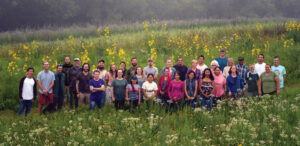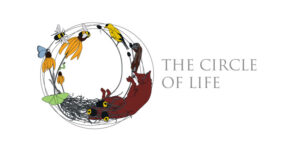Prairie Management
Burning is one of the more important management practices for native plantings.
Most native plantings need to be burned annually for up to five consecutive years, beginning in year two, to become well established. Burning yields better growth and more flowers. Mature prairies with no weed problems may need burning only once every three years. Dry sites may only need to burn every 5-6 years
When a large planting reaches six years, it can be divided into three sections with mowed paths between them. Burn a different section each year, thereby protecting over-wintering butterflies and other insects. If a planting is not periodically burned, a thatch layer can build up over the years, causing some native species to grow poorly or even to die out completely.
Burning will stimulate growth of native plants and give them a competitive edge over some weeds. Always use caution and common-sense when burning. Follow local fire regulations, obtain permits and have plenty of tools and help on hand. For more detailed information, we recommend doing an online search for “how to do small prescribed burns”. Different states have their own policies and suggestions, plus there are a number of great videos online.
An alternative to burning
If burning is not permitted at your site or if you prefer not to use this method, you can mow or manually remove thatch in early spring (late February to mid-April). Last year’s dead stems will not hide the new growth and flowers, and the sun’s rays still will be able to warm the soil.
[/et_pb_text][/et_pb_column][/et_pb_row][/et_pb_section]



